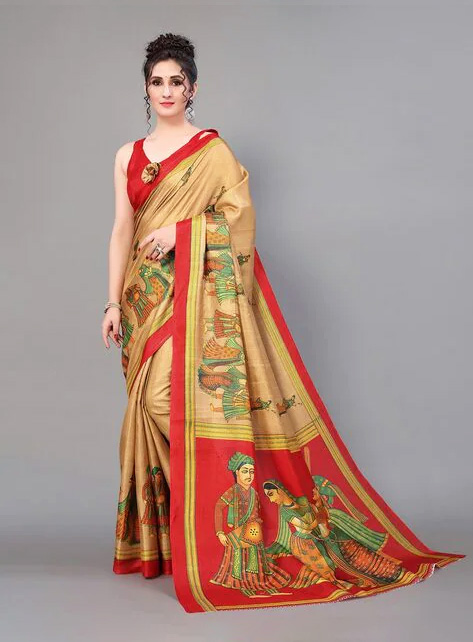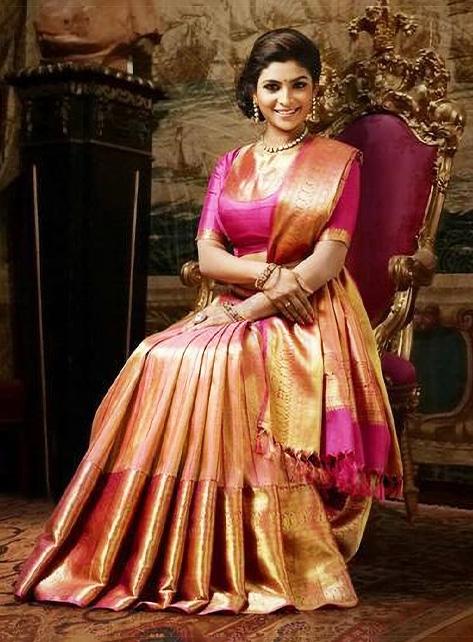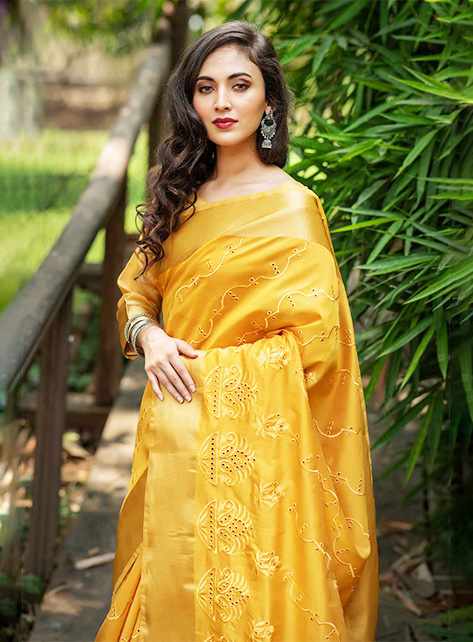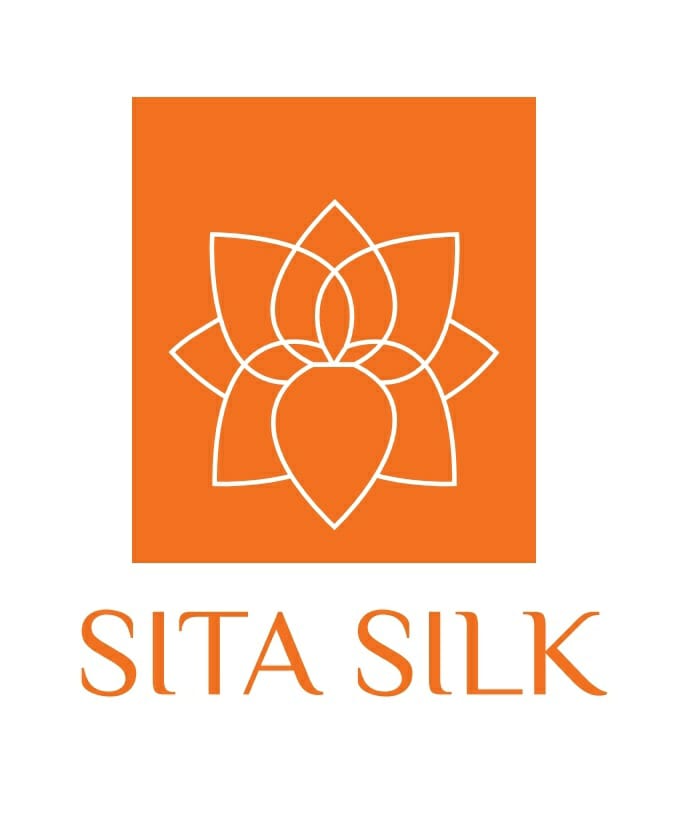Silk




Silk is a culture.
Silk is a tradition.
Silk is aristocracy
Silk is an attitude.
Silk is rich.
Indian silk history starts with Harappa Civilization long, long ago between 2450 BC and 2000 BC. Most of the Indian silk was exported to Rome and Persia. Indian silk was Premium then.
Types of silk cloth
There are two types of silk cloths
Kimkhwab was originally an elegant, heavy silk fabric with a floral or figured pattern known most for its butis and jals woven with silk as the warp and tilla as the weft, produced in China and Japan. Kam means little or scarcely. Khwab means a dream and it is said that even with such a name ‘Its beauty, splendor and elegance can be hardly dreamt of’. Kinkhwabs are heavy fabrics or several layers of warp threads with an elaborate all-over pattern of extra weft, which may be of silk, gold and / or silver threads or combinations
When the figure work is in silver threads with a background of gold threads it is called ‘Tashi Kinkhwab’. This is a variety of kinkhwab which has a ground worked with an extra warp of gold [badla (flat wire) zari] and the pattern created with an extra weft of silver badla zari or vice versa. A satin weave is very often used, resulting in a smooth ground for the fabric. The heavy fabric appears to be in layers, as the warp ends are crammed drawing three, four and up to seven ends per dent for the Tipara, Chaupara up to Satpara respectively.
Pot-thans
These are called katan (a thread prepared by twisting a different number of silk filaments) brocades. Pot-thans are lighter in textures (lower thread count) than kinkhwabs but closely woven in silk and all or certain portions of the pattern are in gold or silver zaris. These fabrics are mostly used for making expensive garments and sarees. Very often the satin ground weave is particularly used for garments fabrics. These fabrics are characterized by their jals which are normally made out of silk and tilla.
Major Indian Silk Sarees.
Assam silk
denotes the three major types of indigenous wild silks produced in Assam—golden muga, white pat and warm eri silk. The Assam silk industry, now centred in Sualkuchi, is a labour-intensive industry. Its registered trademark is SUALKUCHI’S
Mysore Silk
Karnataka produces 9,000 metric tons of mulberry silk of a total of 14,000 metric tons produced in the country, thus contributing to nearly 70% of the country’s total mulberry silk. In Karnataka, silk is mainly grown in the Mysore district. In the second half of the 20th century, it revived and the Mysore State became the top multivoltine silk producer in India.
Kanchipuram Silk
Weaving silk in Kanchipuram, Tamil Nadu, India in 2010. Kanchipuram is located very close to Chennai, the capital of Tamil Nadu. From the past Kanchipuram Silk sarees stand out from others due to its intricate weaving patterns and the quality of the silk itself. Kanchipuram silk sarees are large and heavy owing to the zari work on the saree. Kanchipuram attracts large number of people, both from India and abroad, who come specifically to buy the silk sarees. Most of the sarees are still hand woven by workers in the weaving unit. More than 5000 families still indulge in silk weaving.
Banarasi Silk
A Banarasi silk saree is a saree made in Varanasi, a city which is also called Benares or Banaras. The sarees are among the finest sarees in India and are known for their gold and silver brocade or zari, fine silk and opulent embroidery. The sarees are made of finely woven silk and are decorated with intricate design, and, because of these engravings, are relatively heavy.
Their special characteristics are Mughal inspired designs such as intricate intertwining floral and foliate motifs, kalga and bel, a string of upright leaves called jhallar at the outer, edge of border is a characteristic of these sarees. Other features are gold work, compact weaving, figures with small details, metallic visual effects, pallus, jal (a net like pattern), and mina work.
